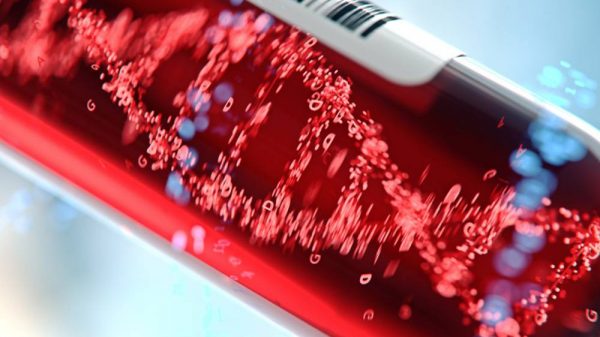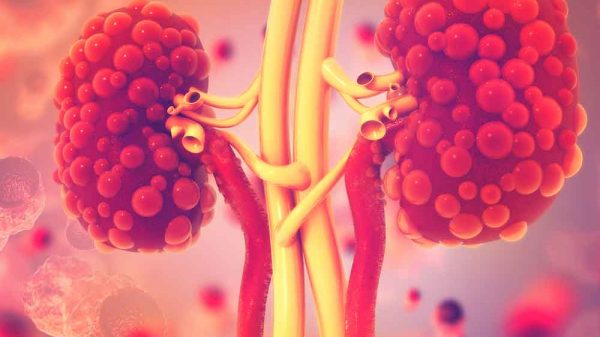Non-alcoholic fatty liver disease, abbreviated as NAFLD is a liver condition. In this condition, there is a storage of excess fat in a person’s liver. If you have NAFLD, there is a fat buildup that is not due to the overuse of alcohol. There is a similar condition that happens as a result of alcohol overuse. When alcohol is the reason for fat buildup in a person’s liver, the condition is known as alcoholic liver disease (ALD). Meanwhile, there are two forms of NAFLD. One is called simple fatty-liver, which is more commonly called NAFLD. The other form is called nonalcoholic steatohepatitis. NASH vs NAFLD; what are their similarities and differences? That is what we discuss in this article.
“Simple fatty liver” is a separate condition from NASH. Generally, a person would develop one of the two. However, there have been times that a person with a simple fatty liver later developed NASH. These two conditions are quite difficult to manage because you can’t treat them with medications. However, research is ongoing on the possibility of effective medical treatment. The current modes of treatment for both of these conditions include lifestyle and dietary adjustments. Usually, these adjustments aim at cutting excess weight and reducing fat consumption.
NASH vs NAFLD: What Are They?
NAFLD could be a simple fatty liver or NASH. Those are the two forms. What is NASH? How is it different from the other form of NAFLD?
Simple fatty-liver is also known as non-alcoholic fatty liver, abbreviated as NAFL. It is one of the two NAFLD types. If you have NAFL, it means that there are fat deposits in your liver.
However, in NAFL, there is neither inflammation nor damage to your liver cells. Furthermore, NAFL does not usually progress into causing complications or liver damage.
NASH, on the other hand, means that there is a deposit of fat in the liver, as well as hepatitis (inflammation in the liver) and damage to the liver cells. This is a more serious condition than NAFL. It often leads to complications.
Inflammation and damage to the liver cells can lead to fibrosis, where scar tissues develop in your liver. This may eventually degenerate into cirrhosis or, in some cases, liver cancer.
It is still not why certain people have NASH, whereas others only have simple fatty liver. They share some common causes. But the same factor may cause NAFL in one person and cause NASH in another. Experts are yet to understand the reason for this.
But then, most people who have NAFLD do not have NASH. Only a little fraction of them do. Not more than 1 out of every 5 people who have NAFL would have NASH. The majority only have simple fatty liver.
You may be surprised that NAFLD is a very common condition. About 30 to 40 percent of all adults in America have NAFLD. Those who have NASH are between 3 and 12 percent of all American adults.
As high as 80 percent of adults with type II diabetes and 90 percent of obese adults have some sort of NAFLD. This means that obesity and type II diabetes are leading factors that cause NAFLD. However, NAFLD does affect children too. 10 percent of American children between the age of 2 and 19 are NAFLD patients.
Causes of NASH and NAFLD
The causes of NASH and NAFLD are like hard nuts to crack. Experts are still trying to understand these causes. But research points to some health conditions that could make you more prone to developing NASH or NAFLD.
For instance, if you are obese or simply overweight, you have higher chances of having NAFLD (either NAFL or NASH). Other risk factors are as follows:
- Insulin resistance
- Abnormal blood levels of fat. This also includes high triglyceride levels
- Abnormal cholesterol levels. This includes high levels of total cholesterol, high levels of LDL cholesterol, or low levels of HDL cholesterol.
- Metabolic syndrome or any of its traits. Metabolic syndrome refers to certain medical conditions and traits associated with obesity and being overweight. Those who have metabolic syndrome are prone to developing heart disease and type II diabetes and heart disease, as well as NAFLD.
The traits that show metabolic syndrome are as follows:
– Large waist-size
– High blood triglycerides levels
– Low HDL cholesterol levels in the blood
– Elevated blood pressure
– Elevated blood glucose
– Type II diabetes
Experts suspect the involvement of genes in the development of NAFLD. There are still ongoing studies on genetic components that may be involved in NAFLD.
Remember that if alcohol overuse is the reason for fat accumulation in the liver, the condition is not NAFLD. It is alcoholic liver disease.
We have talked about the factors that may cause NAFLD. So why do some people develop NASH and others do not. Experts can’t tell why as of now. But then, genetic factors seem to play a significant role.
The likelihood of having NASH when you have NAFLD is more when the following conditions are present:
- Obesity, especially if you have a large waist-size
- Elevated blood pressure
- Abnormal blood cholesterol levels
- High triglyceride levels
- Type II diabetes mellitus
- Metabolic syndrome
What Treatment Options Are Available?
The first line of action that your doctor would recommend to treat NASH and NAFLD is weight loss. When you lose weight, the deposits of fats in your liver would also reduce. It can also help reduce inflammation and scarring.
If you are either obese or overweight, you would need to make dietary changes to achieve weight loss. This includes making healthy choices of food and reducing the size of your plate. You would also need to make lifestyle changes and become more physically active.
If you lose at least three to five percent of your current body weight, fat deposits in your liver would reduce significantly. But for inflammation to reduce, you may need to lose as much as 10% of your current body weight.
NASH vs. NAFLD, how are they different? NASH involves liver damage and inflammation alongside fat buildup, while simple fatty-liver only involves fat buildup. Losing weight can help with both conditions. But you need to lose more weight to reduce inflammation.























